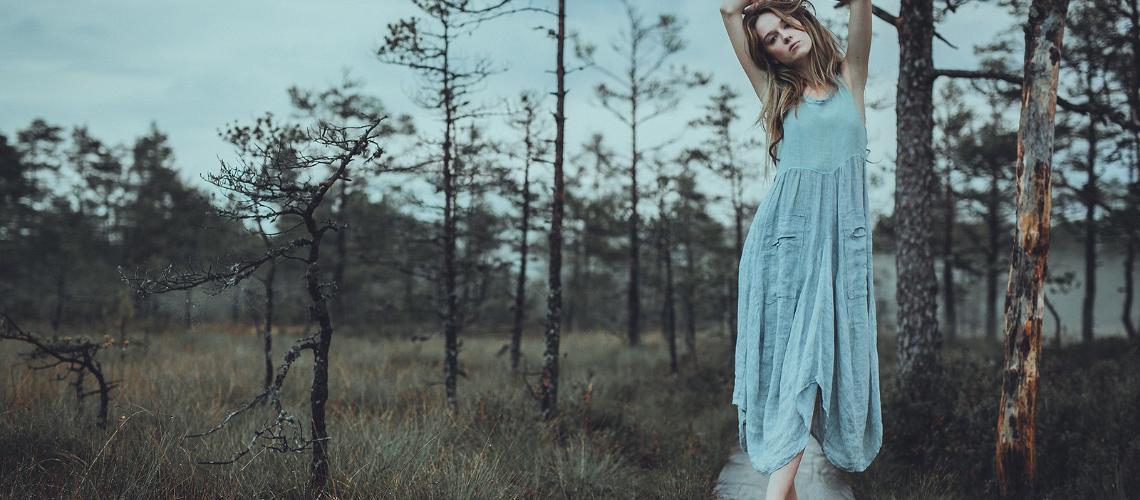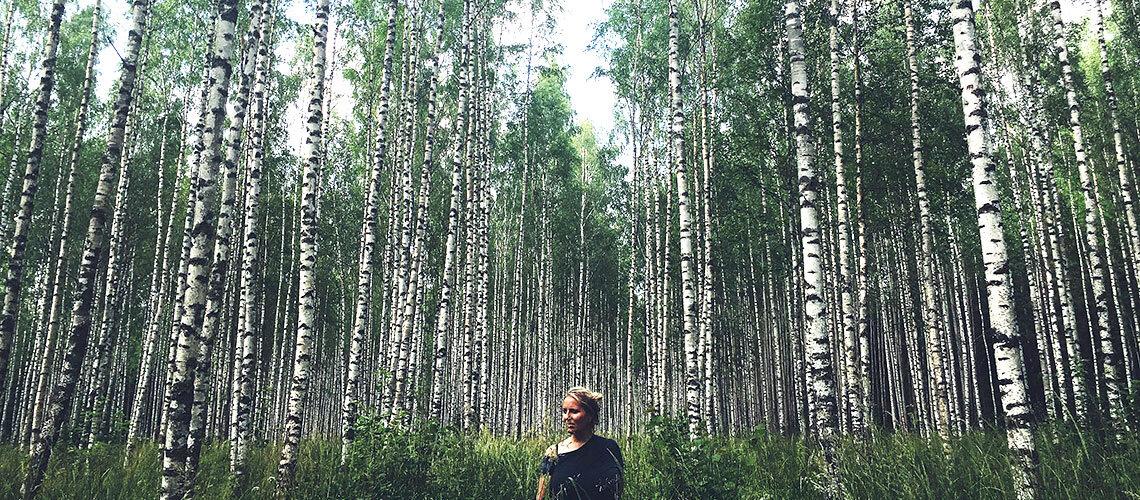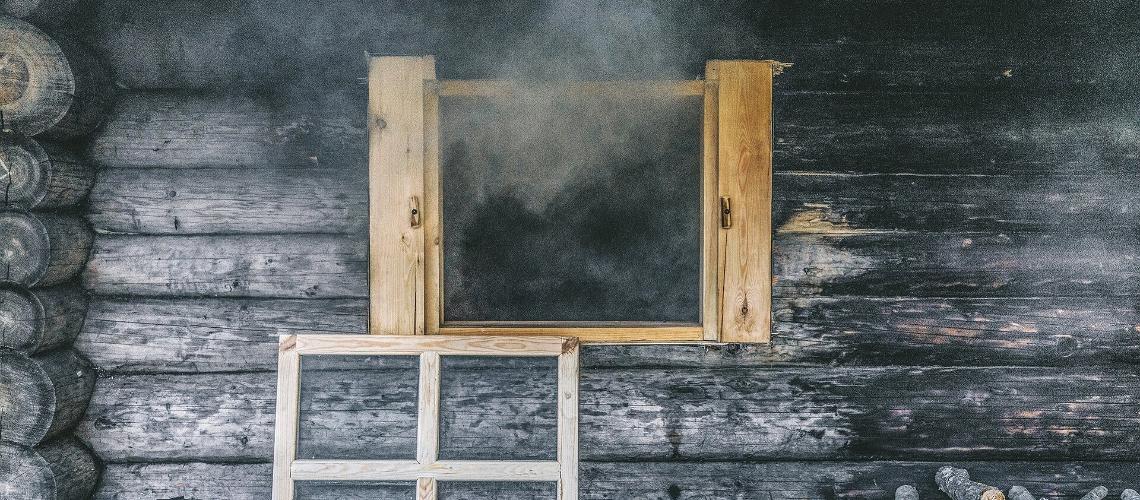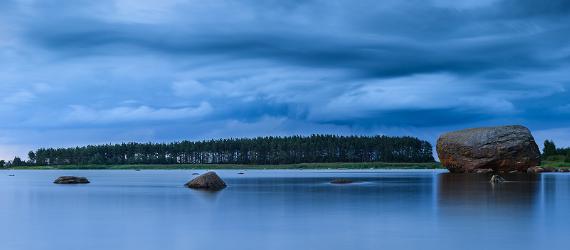Vodka socks, searching for fern blossoms, hunting for chanterelles in the deep woods and picking blackberries in a mystical bog.
Estonians have been attached to nature for centuries, so it does not feel surprising that most Estonians come equipped with useful folk wisdom. Compared, perhaps, to many Western people, nature plays a significant and natural role in the daily life of Estonians. Taking part in the seasonal traditions by walking around in Estonian nature, going for an Estonian massage and cleansing yourself in a traditional smoke sauna, foraging for plants, berries and mushrooms, and knowing how to speak when in a forest all form part of the mythical knowledge pack.
Here are some of our favourite picks:
Folk rituals

If you pick nine flowers on a Midsummer Night and put them under a pillow for the night, you should be dreaming of your future love.
Photo by: Siiri Kumari, Visit EstoniaAccording to folklore researchers, most rituals are designed to solve problems and achieve harmony. Although many beliefs are associated with the forces of nature, there are also those that are related to human relationships. When deemed necessary, ancient Estonians were known to use rituals to avenge their enemies.
It is quite difficult to draw the line between magic and wisdom. For example, there's a saying that you can't sit on the naked ground before St. George's Day (23rd of April). The logical reason for this is that in early spring the ground is still cold and moist. Another wisdom places into the fantasy side of things – it is believed that in the spring land has not yet begun to breathe and is therefore poisonous. However, you are considered to be on the safe side after St. George's Day.
A lot of wisdom and tools were known to predict the weather, but the best time to predict the future was on New Year's Eve.
Whispers from the forest

Collecting birch sap has always signified the beginning of spring for Estonians.
Photo by: Visit EstoniaEstonians are a forest nation - there are many teachings on how to behave in the forest and what to forage for and when. It is believed that in the forest, one should not swear or even think bad or evil thoughts as it might open a gate to undesirable forces.
In springtime, usually around March, lots of Estonian head to the forests to tap birch trees for sap. Birch sap has been drunk for centuries. With its powerful mix of vitamins, it is a true tonic after long and harsh winters. In very harsh conditions, it was even given for babies to drink. When birch sap has become available it usually means that the wild garlic (Allium ursinum) season is not far behind. Wild garlic is another wild tonic that is rich in Vitamin C and that Estonians love to boost their health with. You should never pick all the garlic you find but also leave some for others - this means other people and the forest spirits.
Another behavioural rule that people still tend to follow, is not naming wild animals while in the forest. Otherwise, they could come for you. For example, the wolf comes with a wide collection of folk names, with some of them listed here: the cream eye, bush wool, a grey man, a forest puppy and St. George's puppy. It was thought that if you talk about a wolf, the wolf will come. Even harmless forest dwellers were sometimes considered dangerous. It was advised to avoid migratory birds which spent the winter in distant lands and could hence bring trouble. But there were also good omens: it was believed that ferns, rowan trees and juniper could bring happiness. The forest helped with many diseases: juniper was a health tree, while rowan and strawberry flowers helped against nine diseases. Hanging a rowan branch in your house or planting a rowan tree next to your home was (and still is) considered a sure-fire way to ward off evil spirits.
Healing forces
There are many rituals and signs associated with families and households. During the thunder, it was customary to close the doors and windows so that the devil could not enter through them. A new house was not allowed to be built on the site of a burned house, otherwise, it was believed that the same fate would have followed it.

Sauna: a place to shelter and a place to heal.
Photo by: Tõnu RunnelThe sauna has also played a special role in the lives of Estonians: it was not only a place of washing but it was also used to treat health problems. Rituals were performed there. The smoke sauna (such as Mooska smoke sauna in Southern Estonia) was considered a sacred place, comparable to the importance of the church.
There is a saying that "Sauna is a doctor of the peasants" because the sauna provided relief for health problems caused by hard work. Even if the cause of the disease was unknown, whistling and sweating in the sauna was always a go-to remedy.


















